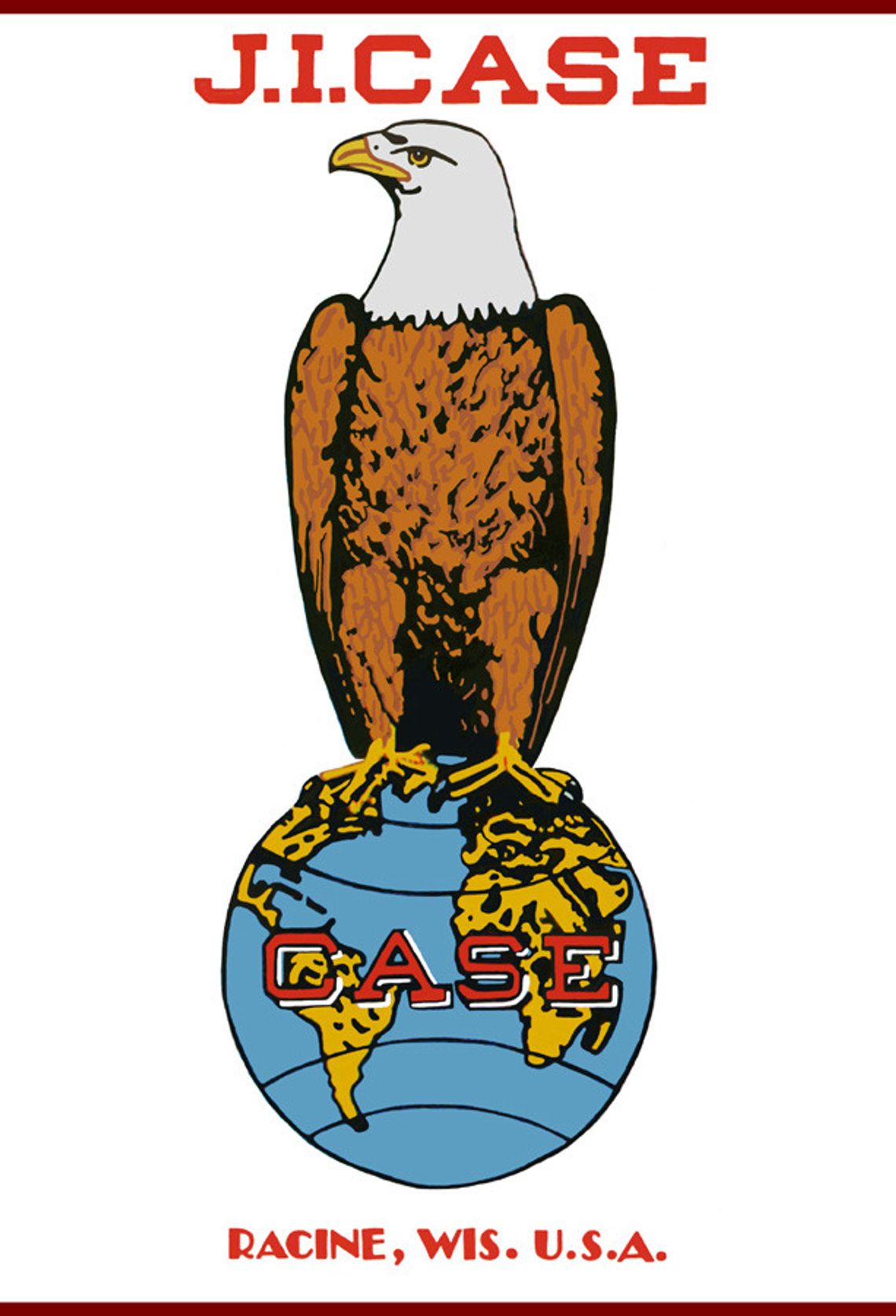J.I. Case tractors and equipment, as well as Galloway engines will be the spotlight of Old Trusty Sept. 7-8. This featured tractor can be seen with other makes and models at the annual event, which opens at 8 a.m., Saturday, ending at 8 p.m., and begins at 8 a.m., Sunday, ending at 5 p.m.
Jerome Increase Case was born in Williamstown, NY on Dec. 11, 1819.
His small start would turn out to leave a big legacy in the farming community, serving as the founder of J.I. Case Threshing Machine Co and J.I. Case Plow Works.
His start would begin with groundhog threshers and horsepowers, which he bought and then sold at prosperous-looking farms in Wisconsin.
In the winter of 1842-43, Case built a thresher, with the help of a carpenter, and used it during the 1843 harvest.
Case’s thresher invention was deemed successful, depositing straw in one place and threshing grain in another.
He built a factory in Racine, WI, complete with its own steam power plant and foundry. Before he was 30, Case became the largest employer in the state.
By 1881, J.I. Case & Co. replaced its partnership with a corporation called J.I. Case Threshing Machine Co. During this time, a new type of thresher was emerging—the agitator.
Eleven years later, Case died from acute diabetes, and his company continued under his brother-inlaw, Stephen Bull.
Bull expanded the company and in 1904, Case introduced its first-ever all-steel thresher, and by 1910, the Case automobile was introduced.
Large two-cylinder gasoline tractors and plows were advertised in 1912.
Entering into producing plows didn’t sit well with their partnering company, J.I. Case Plow Works.
Plow Works was established in 1876 by Ebenezer Whiting, with financial support from J.I. Case.
Whiting was fired after finances were mismanaged; Case then hired his son, Jackson, as the president of Plow Works.
In 1928, J.I. Case Plow Works was starting to decline and eventually sold out to Massey-Harris of Canada for $4.4 million. Massey-Harris then immediately sold its rights to the name “Case,” to Case T.M. Co for $700,000.
In 1985, J.I. Case and Cyrus McCormick united under one brand—Case IH, becoming the second largest farm equipment manufacturer.
Since its start, Case has had several tractors, machines, and engines developed.
In 1862, the Sweep Stakes Thresher—Case’s first threshers—was introduced. It was powered by horses hitched to long levels, which walked in a circle. It was capable of threshing between 200-300 bushels of grain a day.
By 1869, Case had produced its first steam engine tractor, which was wheel mounted and drawn by horses, and used only to power other machines.
The kerosene-powered Titan 10-20 and Titan 15-30 tractors were advertised in 1915, and were primarily used as traction engines to pull plows.
Case’s first crossmotor tractors were built in 1916, with the most popular being the 15-27; they stopped producing these in 1928.
By the 1950s, Case’s 500 tractor was introduced and consisted of the first “big” diesel tractor.
After Case IH was formed, the companies didn’t slow down on developing products, as in 1986, the first red 9100 series Case IH Steiger tractors were produced.
In 1988 and ‘89, Case IH launched the Magnum tractor and Maxxum tractor, both power machines that offered the combination of versatility and economical multi-purpose.
The most recent update made by Case IH was a two-way data sharing introduction of AFS Connect, which allows producers to remotely manage their farm, fleet, and data, as well as share information with third-party providers.



